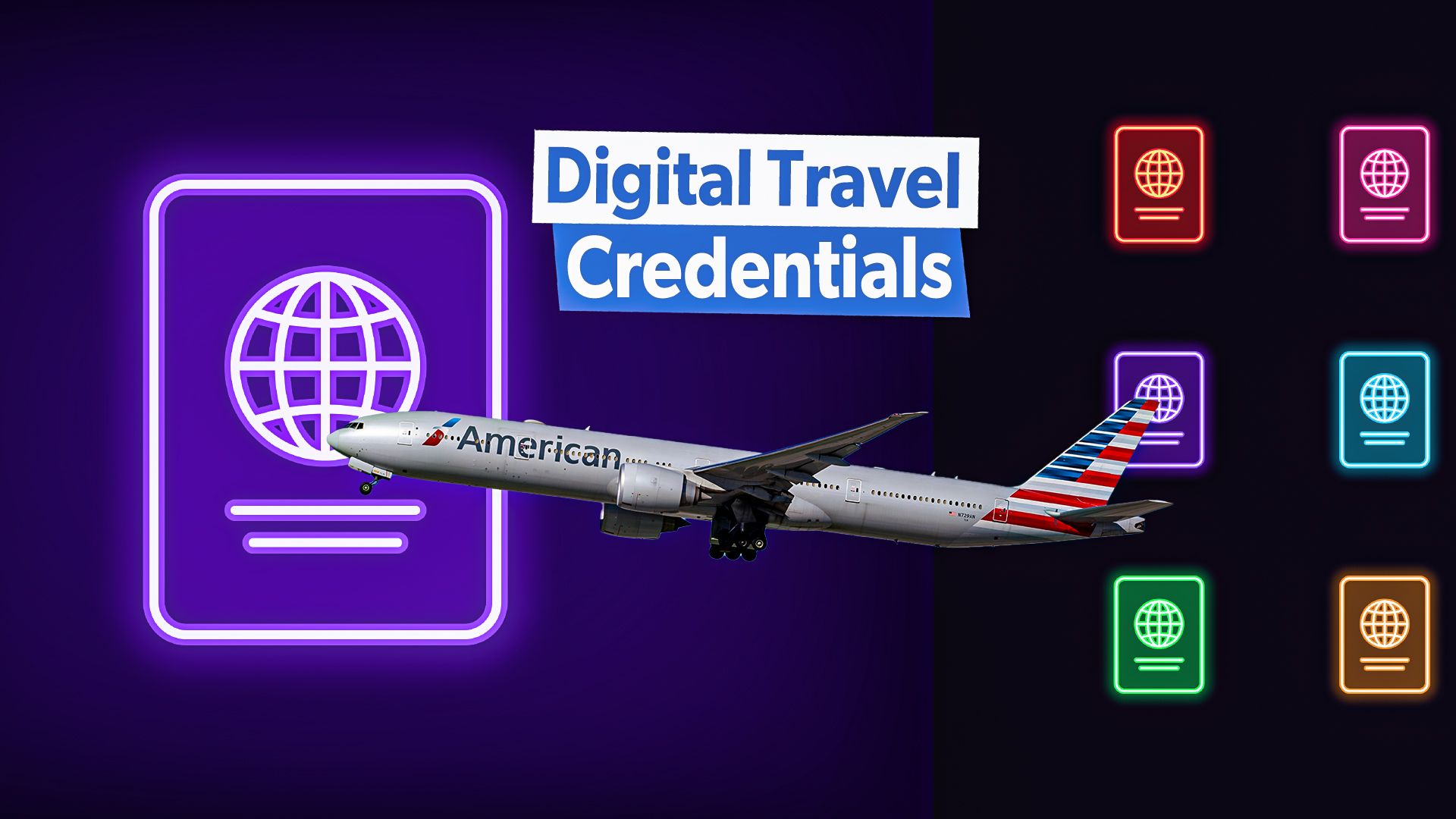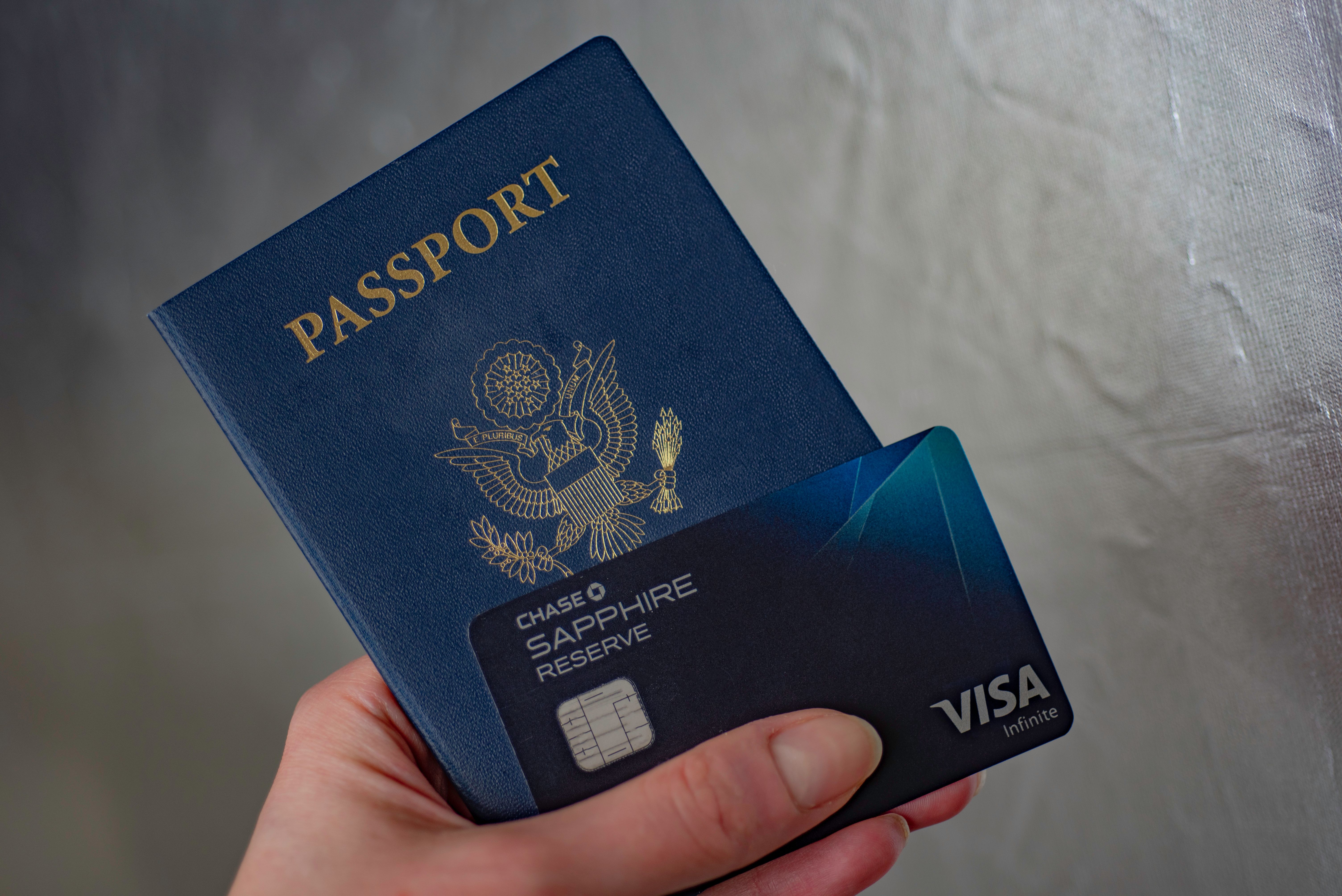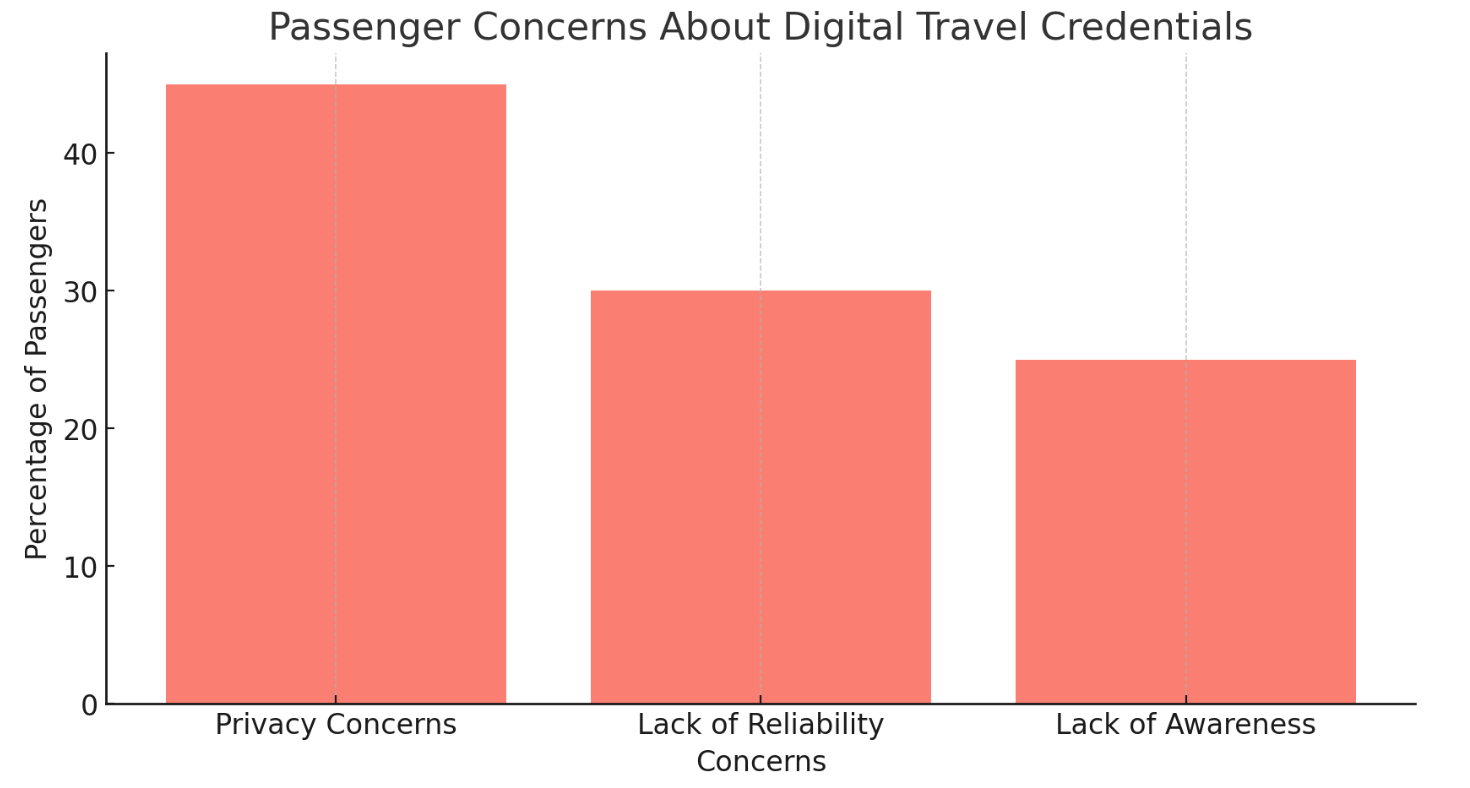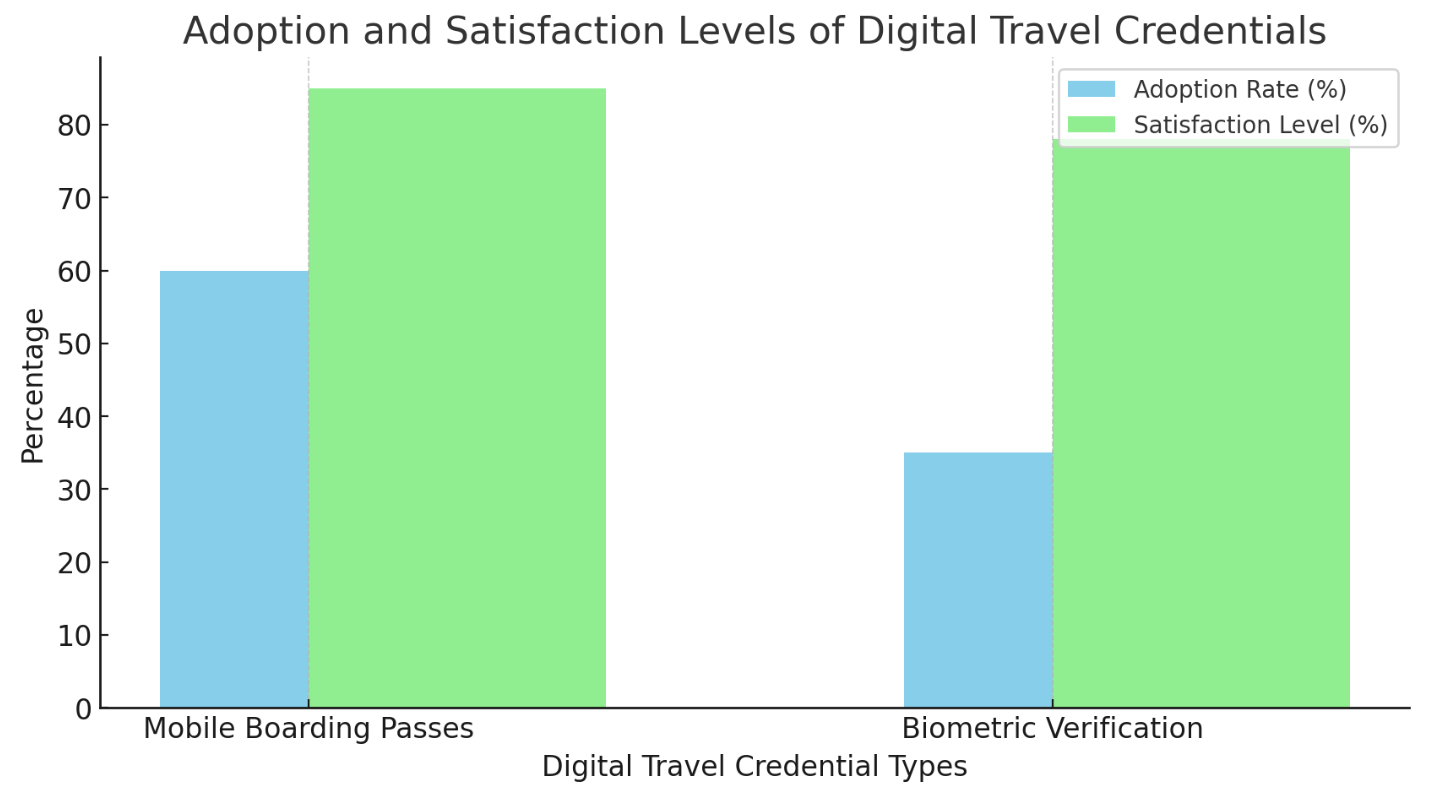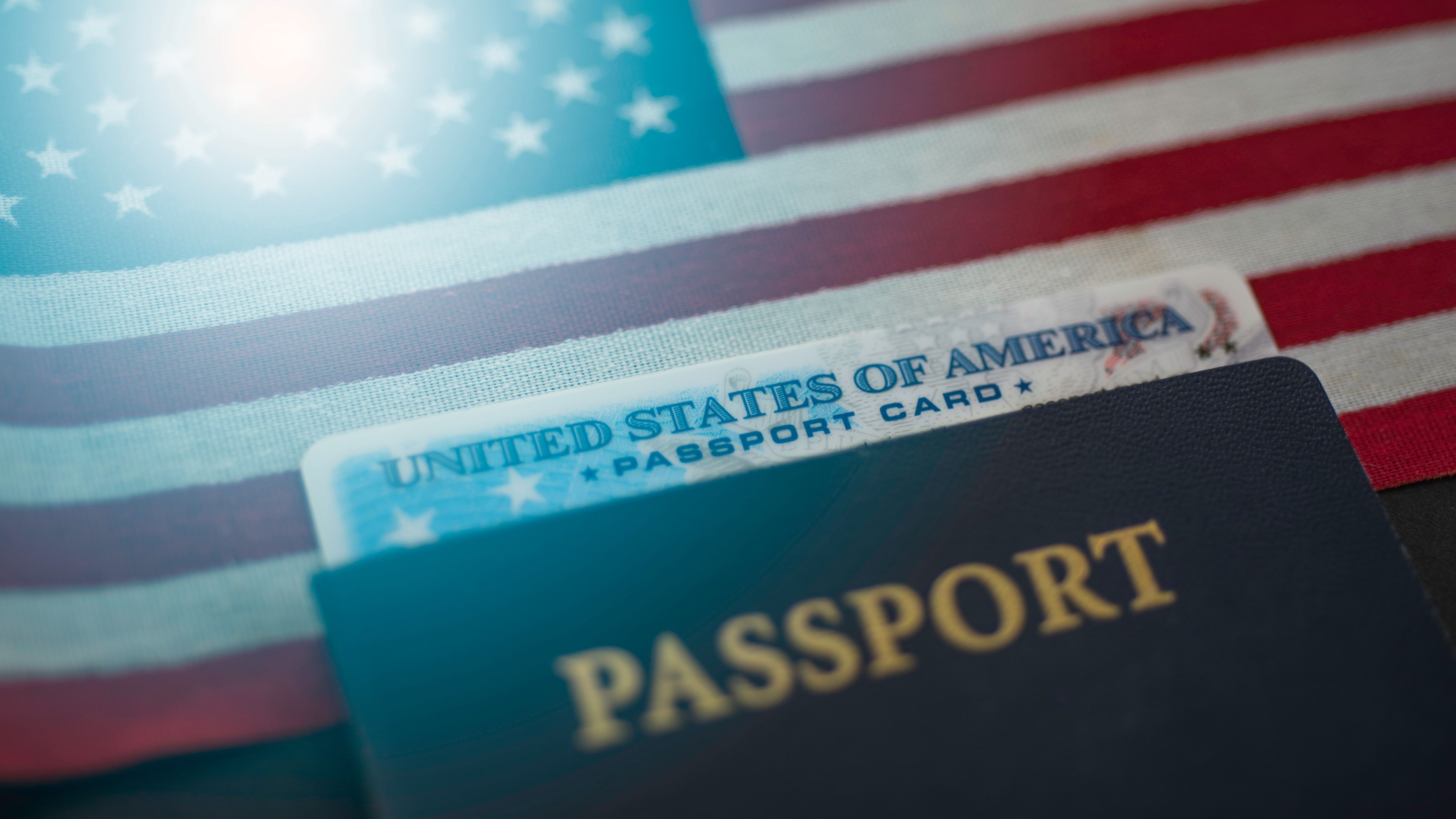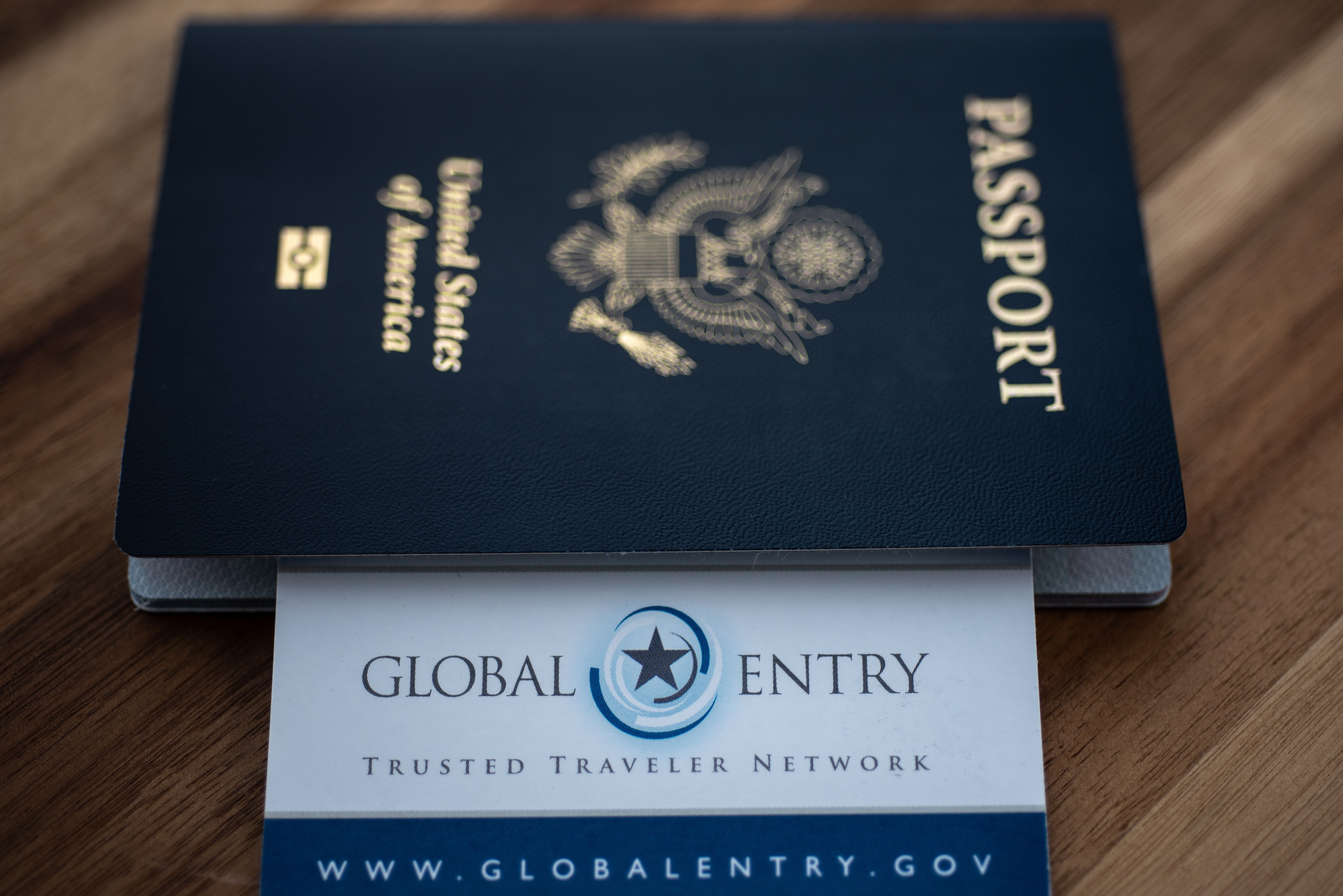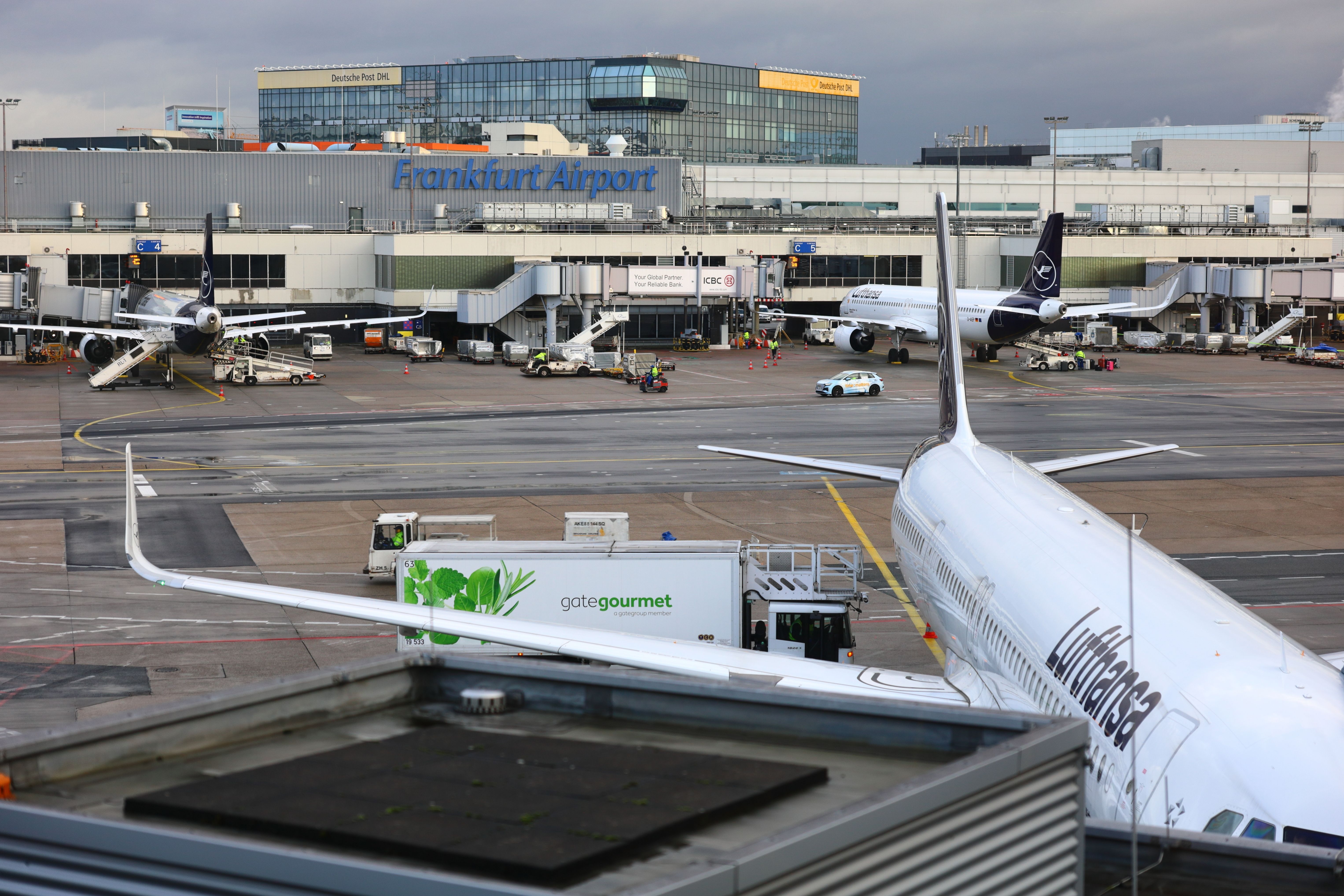As the aviation industry rapidly embraces digital transformation, understanding passenger perspectives on digital travel credentials is crucial. The 2024 SITA Passenger IT Insights report offers valuable insights into how passengers perceive and interact with digital credentials like biometric verification and mobile boarding passes. This article explores the key findings from the report, highlighting passenger adoption rates, satisfaction levels, challenges, and future trends.
Digital travel credential adoption and satisfaction
The adoption of digital travel credentials is growing, with mobile boarding passes and biometric verification being the most popular options. According to the SITA Passenger IT Insights 2024 report, 60% of passengers have used mobile boarding passes, while 35% have experienced biometric verification processes during their travels.
Photo: Evgenia Parajanian | Shutterstock
Satisfaction levels for these digital tools are notably high, with 85% of users expressing satisfaction with mobile boarding passes. Similarly, biometric verification received a 78% satisfaction rating. These numbers indicate that once passengers become familiar with digital travel credentials, they appreciate these tools’ convenience and efficiency.
However, these high satisfaction levels are only uniform across some demographic groups. Younger travellers, who are generally more tech-savvy, show greater satisfaction and willingness to use digital travel credentials than older passengers. This disparity highlights the need for targeted communication strategies to bridge the gap and encourage broader adoption.
Barriers to adoption: privacy and reliability concerns
Despite the overall positive reception, the report identifies significant barriers that hinder the widespread adoption of digital travel credentials. Privacy and data security are the most prominent concerns, with 45% of passengers expressing apprehension about the safety of their personal information when using biometric technology. These concerns are particularly prevalent among older travelers, who are generally more cautious about sharing their biometric data.
Additionally, 30% of passengers feel digital tools need more reliability. Technical glitches, system downtimes, and inconsistent user experiences contribute to this perception. These reliability issues can lead to mistrust, discouraging passengers from fully embracing digital solutions. This underscores the importance of investing in robust and reliable systems to ensure smooth and dependable service for airlines and airports.
Photo: Niccolo Serratt | SITA report | Simple Flying
Lack of awareness: an educational challenge
The report also reveals some passenger segments’ need for more awareness and understanding of digital travel credentials. About 25% of passengers are unfamiliar with available digital tools, such as mobile boarding passes or digital IDs, which limits their willingness to use these options. This lack of awareness is more pronounced among older passengers, who may not be as engaged with digital technology as younger travelers.
For the latest information on the evolution of digital technology in the realm of aviation, follow Simple Flying!
This educational gap represents a significant challenge for the aviation industry. Airlines and airports must invest in comprehensive communication and education strategies to increase adoption rates. These could include in-app tutorials, on-site assistance, and marketing campaigns highlighting digital travel credentials’ benefits and ease of use.
Photo: Niccolo Serratt | SITA reprot | Simple Flying
Preferred digital touchpoints: A multichannel approach
Understanding which digital touchpoints passengers prefer can help airlines and airports design more effective digital strategies. According to the report, mobile apps are the most favored platform, with 70% of passengers preferring them for check-in, boarding, and flight information updates. Self-service kiosks are the next preferred option, chosen by 55% of passengers for tasks like baggage drop and check-in.
Younger travelers’ preference for mobile apps is extreme, as they value their convenience and functionality. In contrast, older passengers are more likely to use self-service kiosks and traditional counter services, indicating a need for a multichannel approach to cater to diverse passenger preferences.
Impact on passenger experience
Digital travel credentials significantly impact the overall passenger experience. The report shows that 65% of passengers believe digital tools have improved their travel experience. The primary benefits include faster processing times, fewer errors, and reduced physical touchpoints, particularly valued in the post-pandemic context.
Photo: Evgenia Parajanian / Shutterstock
The use of biometric verification, for instance, has streamlined the boarding process, reducing congestion and waiting times at boarding gates. This improvement has resulted in a 20% increase in passenger satisfaction compared to traditional methods. As a result, more airlines and airports are likely to adopt biometric technology to enhance operational efficiency and passenger satisfaction.
Future outlook: expanding the digital ecosystem
The future of digital travel credentials appears promising, with 80% of passengers expressing interest in further digital innovations that could simplify their travel experience. According to the SITA report, potential areas for development include:
- Expanding the use of biometric technology for a seamless end-to-end airport journey.
- Integrating more travel services into a single mobile app.
- Utilizing artificial intelligence for personalized travel assistance.
The aviation industry must address current data security and technological reliability challenges to realize these advancements. Building robust, secure systems and enhancing passenger education and communication will foster trust and encourage adoption.
Providing insights
The 2024 SITA Passenger IT Insights report provides a comprehensive view of passenger perspectives on digital travel credentials. While adoption rates and satisfaction levels are generally high, privacy concerns, reliability issues, and a lack of awareness persist.
Photo: Leif Eirik Skaue | Shutterstock
Addressing these barriers will be essential for the aviation industry to fully leverage the benefits of digital travel credentials and deliver a superior passenger experience. As the industry continues to evolve, understanding and responding to passenger needs will be pivotal in shaping the future of air travel.

